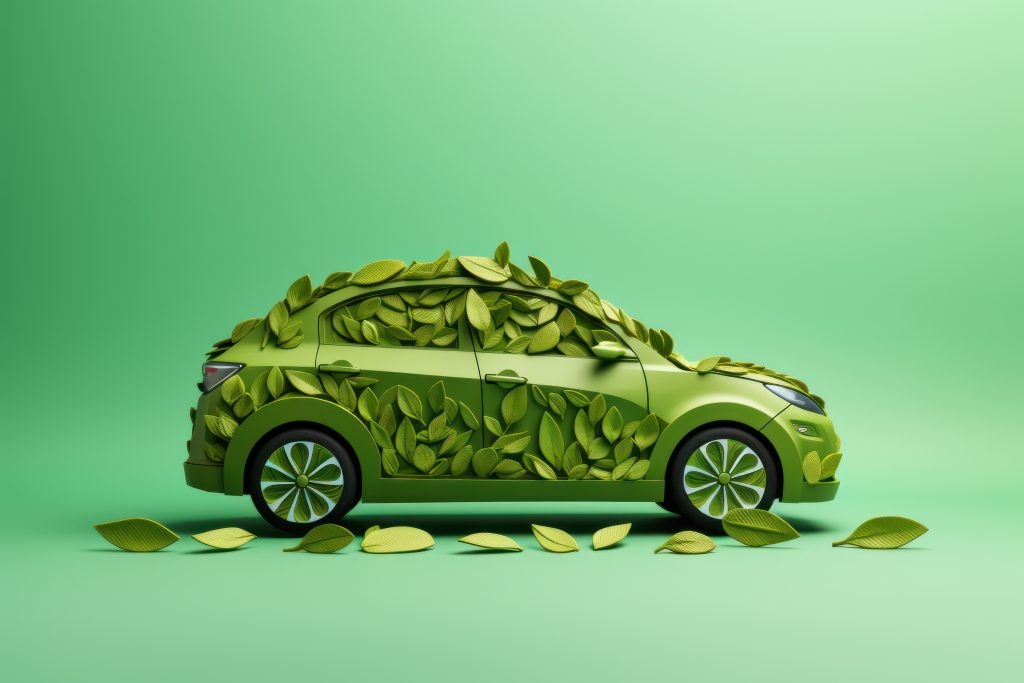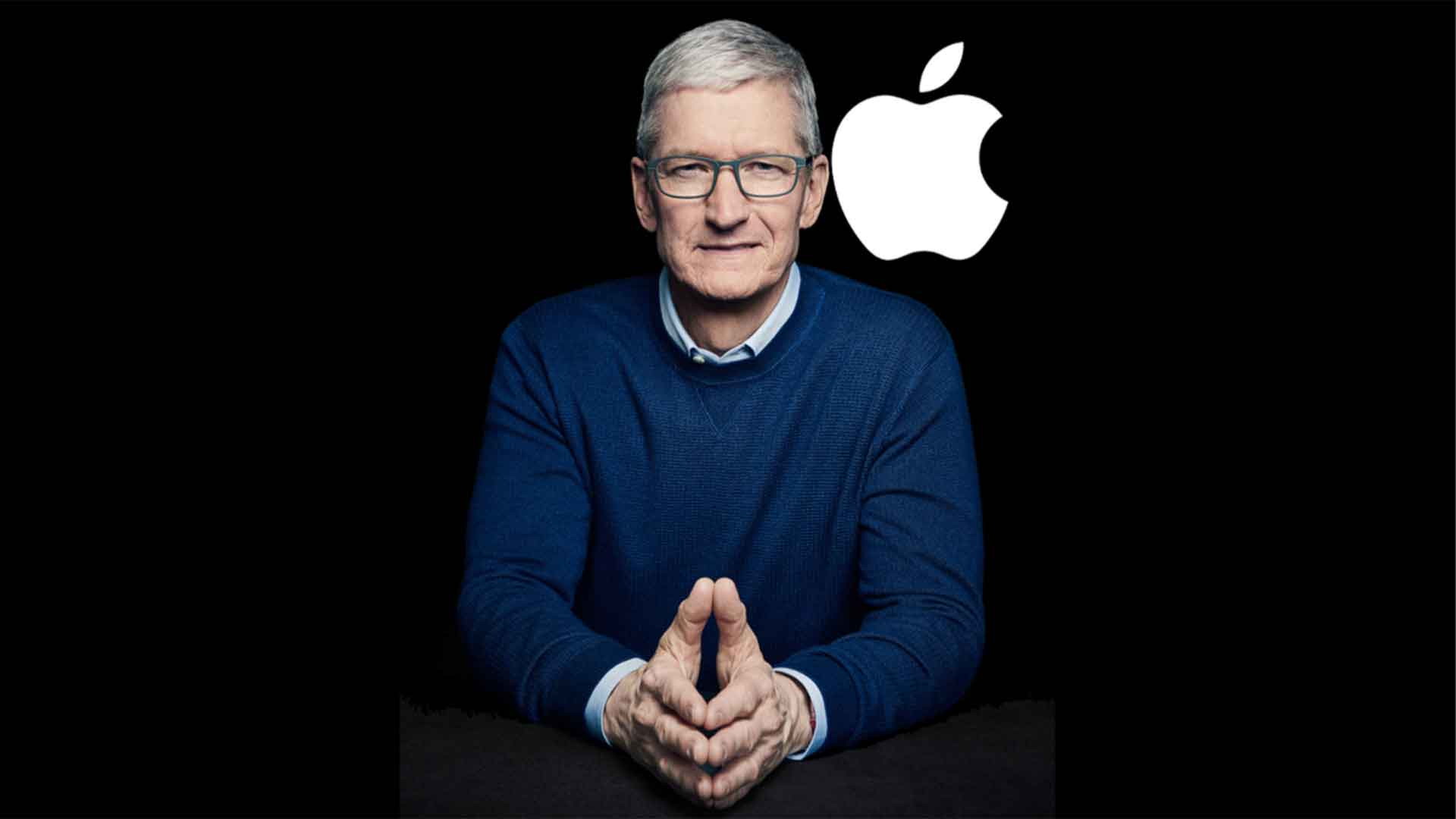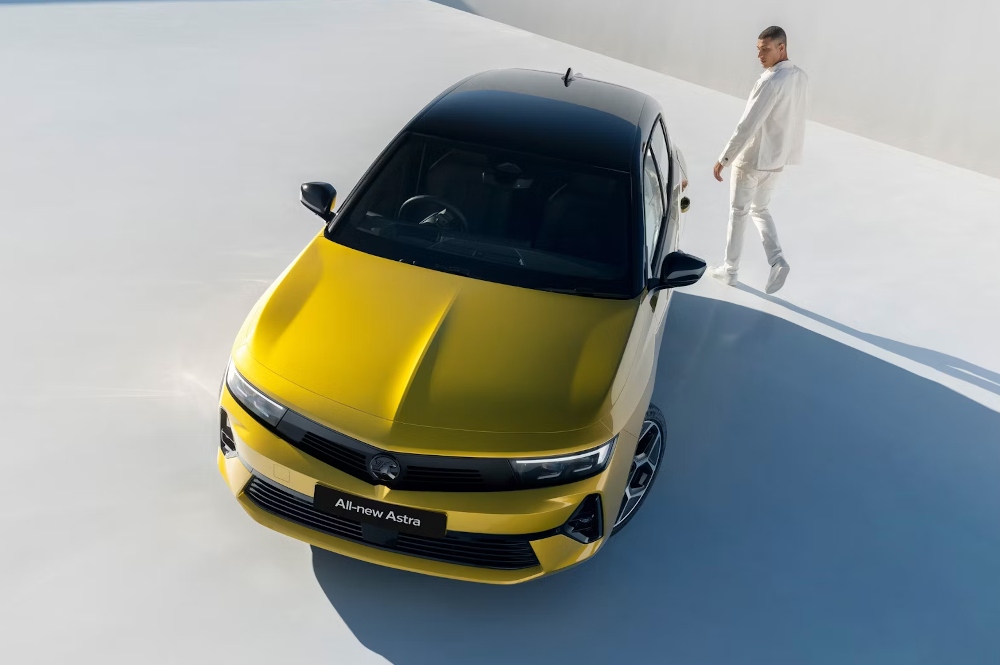
Apple Expected to Embrace USB-C Charging in Upcoming iPhone 15 Models
In a significant development, Apple is poised to introduce a USB-C charge point in its latest iPhone, slated to be unveiled on September 12th.
This shift marks a departure from the company's proprietary Lightning adapter, a distinction that sets Apple apart from competitors like Samsung.
EU Regulation Drives Change
This transition aligns with a European Union regulation that mandates phone manufacturers to adopt a standardized charging connection by December 2024. The goal is to enhance consumer cost savings and reduce electronic waste. Despite initial resistance from Apple, this regulation aims to establish a common standard for the benefit of consumers worldwide.
Apple's Evolution towards USB-C

Apple has already embraced USB-C in most of its recent products, such as the latest iPads, signaling a gradual shift away from the Lightning connector. This move may signal the beginning of the end for the Lightning cable, a product retailing for £19 in the Apple store.
While this transition is expected in the upcoming iPhone 15 and iPhone 15 Pro models, it remains unclear whether Apple will apply this change globally or create a separate version for the European market. The tech giant's decision is eagerly anticipated as it prepares for its annual autumn event.
Benefits for Users
The anticipated shift towards USB-C charging in Apple's upcoming iPhone models promises a host of advantages for users. One of the most significant benefits is enhanced convenience. With a standardized USB-C connection, users will have the convenience of using a single charger for a range of Apple devices, including iPads, Macs, and iPhones. This consolidation of charging accessories simplifies the user experience, reducing the need for multiple cables and adapters cluttering your workspace or travel bag.
Moreover, the adoption of USB-C by Apple aligns with an industry trend that extends beyond the tech giant. Many other device manufacturers and tech ecosystems have already embraced USB-C as a universal charging standard. This move fosters greater compatibility, allowing users to connect their Apple devices to a broader array of accessories, such as power banks, docking stations, and peripherals. It eliminates the frustration of hunting for specific cables or converters when transitioning between devices, making the user's digital life more seamless and hassle-free.
Faster download speeds also emerge as a notable advantage. USB-C's capabilities for high-speed data transfer facilitate quicker syncing of data, whether it's transferring large files, backing up your device, or syncing multimedia content. Users can expect faster and more efficient data management with the adoption of this standardized connection.
EU's Charger Rule Scope

The EU's common-charger rule covers a wide range of "small and medium-sized portable electronics," including mobile phones, tablets, e-readers, mice, keyboards, GPS devices, headphones, digital cameras, and more. These devices, when charged using a wired cable, will need to feature a USB Type-C port, regardless of the manufacturer.
Positive Environmental Impact
The EU anticipates substantial benefits from this regulation, including annual consumer savings of up to €250 million (£213 million) on unnecessary charger purchases and a reduction of 11,000 tonnes of electronic waste each year.
This transition underscores the evolving landscape of smartphone technology and its impact on global standards, while also highlighting the efforts to reduce electronic waste and enhance consumer convenience.
Trending
-
1 How IoT is Revolutionizing Sustainability: A Brighter Future Beckons
Susanna Koelblin -
2 How The Water Treatment And Desalination Will Change The Environment For The Better
Daniel Hall -
3 How Intermediate Bulk Containers Enhance Environmental Sustainability
Daniel Hall -
4 Hybrid Cars and Their Key Benefits
Susanna Koelblin -
5 UK Faces Wettest July in Recent Memory
Daniel Hall





Comments